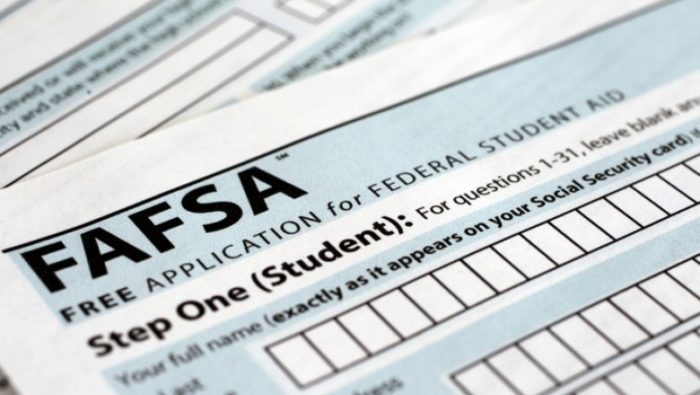Loans and Grants

Financing Your Future
Students who complete the Free Application for Federal Student Aid (FAFSA) are automatically considered for the U.S. Department of Education’s Direct Loan program—the largest federal student loan program.
To be considered for federal aid programs, the first step is to complete the FAFSA, which can be found online. The FAFSA is available beginning October 1, and the priority filing deadline date is three weeks prior to the start of the term.
Types of Financial Aid
All undergraduate students are considered for the non-need-based Direct Unsubsidized Loan, in which interest accrues while the student is in school. For those who receive a need-based Direct Subsidized Loan, the federal government pays the interest that accrues while a student is in school.
Undergraduate students are currently able to borrow $5,500 to $12,500 per year in Direct Subsidized Loans and Direct Unsubsidized Loans depending on a variety of factors, including the year the student is in school.
Granting Access to a Top-Quality Education
Applicants may also be eligible for state or federal grants that do not need to be repaid. Some are based on a student’s financial need and his or her estimated family contribution (EFC). Eligibility may also depend on an applicant’s program of study or state of residence.
Available grants include:
- Federal Pell Grant—Federal Pell Grants are awarded to undergraduate students who have not yet earned a bachelor’s or professional degree. Eligibility is dependent on your enrollment status and EFC, which is determined after your FAFSA is processed.
- MASSGrant—MASSGrant is funded by the Massachusetts legislature and offers need-based financial aid to undergraduate students who live in Massachusetts and are enrolled in and pursuing a program of higher education at an approved public or independent college, university, school of nursing, or any other approved institution.
Several other states offer support to students who meet specific qualifications. Connecticut, Rhode Island, Pennsylvania, and Vermont all allow their residents to transfer scholarship support to a Massachusetts school. The state notifies students directly whether they qualify for an award and, if so, the dollar amount.